当前位置:网站首页>八道超经典指针面试题(三千字详解)
八道超经典指针面试题(三千字详解)
2022-07-06 03:00:00 【双一周学八天】
目录
第一题:
int main()
{
int a[5] = { 1, 2, 3, 4, 5 };
int *ptr = (int *)(&a + 1);
printf( "%d,%d", *(a + 1), *(ptr - 1));
return 0;
}
预测其输出结果。
题解思路:指针题是需要画图的,不画图思路是绕不出来的。下图就是a数组的内存布局。
 int * ptr =(int *)(&a + 1);ptr所指如图:
int * ptr =(int *)(&a + 1);ptr所指如图:
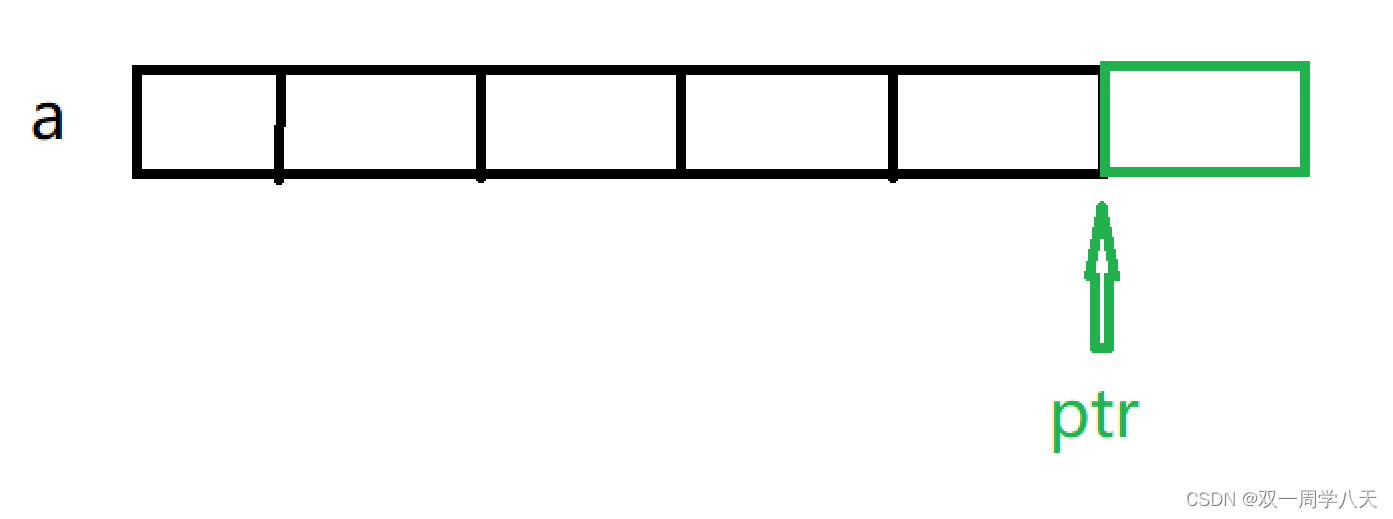
很多同学可能不太明白:数组名为一个数组的首元素地址,但除两种情况:
1.&+数组名——————————————这里就表示是整个数组的地址。
2.sizeof(数组名)—————————— 这里表示的是整个数组所占的字节数。
回到题目,(&a+1)中的1的意思就是步距为一个数组,在首元素地址的基础上加上了一整个数组的字节。
接下来看看printf()中的a+1、ptr-1:

那么答案一目了然:分别是第二个元素——2,与覅五个元素——5.
第二题:
struct Test
{
int Num;
char *pcName;
short sDate;
char cha[2];
short sBa[4];
}*p;
//假设p 的值为0x100000。 如下表表达式的值分别为多少?
//已知,结构体Test类型的变量大小是20个字节
int main()
{
printf("%p\n", p + 0x1);
printf("%p\n", (unsigned long)p + 0x1);
printf("%p\n", (unsigned int*)p + 0x1);
return 0;
}
思路与题解:
0x开头的是十六进制数。
在第一个printf()中p+0x1,一个Test结构体占20个字节,且p是struct Test *p类型,p每次加上一个1都要移动对应的20字节(详情请见初级指针的指针与指针类型).又因为是十六进制,20=0x14,所以p+0x1=0x100014.
在第二个printf()中(unsigned long)p+0x1,在这里p先由指针变量被强制类型转换为无符号long类型,因此p+0x1就是普通的整数相加,得到0x100001。然后%p在将p的数据以地址的形式打印出来了。
在第三个printf()中,p被再次转换成指针,但这次是以无符号整型的形式。unsigned int *就限定了每次指针访问的空间为四个字节。所以p+1的结果为0x100004
第三题:
int main()
{
int a[4] = { 1, 2, 3, 4 };
int *ptr1 = (int *)(&a + 1);
int *ptr2 = (int *)((int)a + 1);
printf( "%x,%x", ptr1[-1], *ptr2);
return 0;
}与题一同理:
ptr1:由int * ptr1=(int *)(&a+1);画出下图:
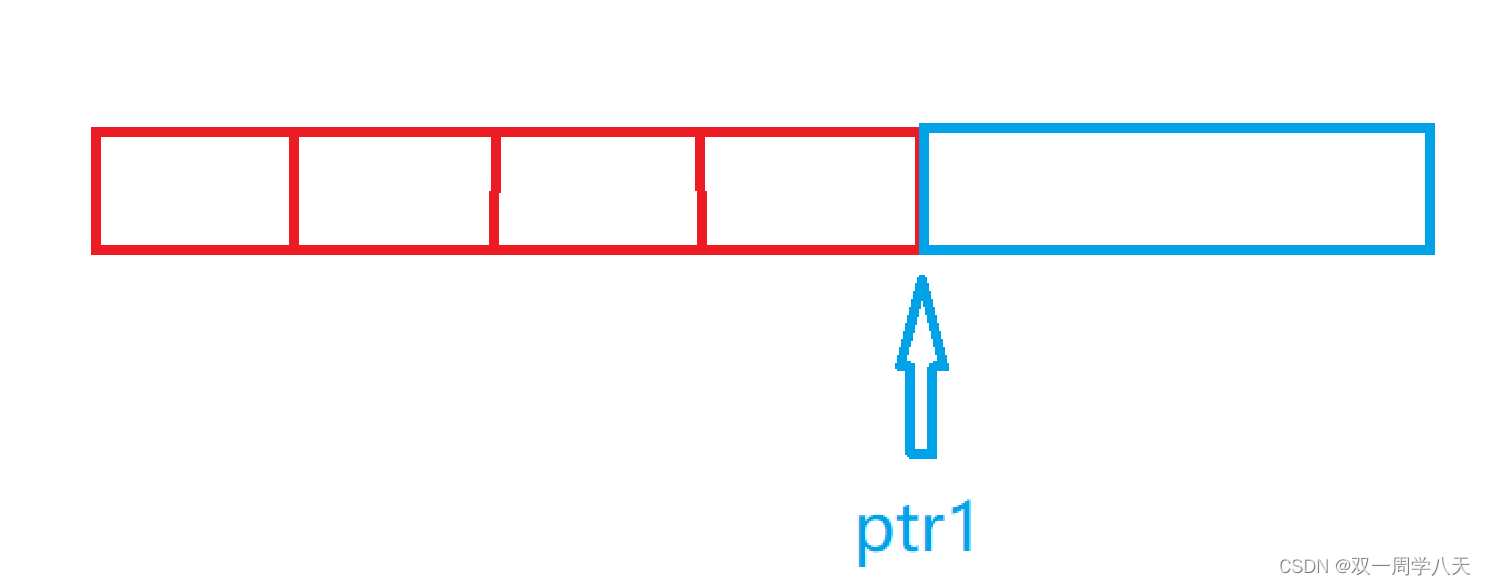
ptr1[-1]其实就相当于*(ptr1-1)。因为其实‘[]’与’*‘的功能是一样的。(详情见七千字详解操作符)
ptr2:
但是我们仔细看一下 int *ptr2 = (int *)((int)a + 1);中数组名a被强制转换为int类型的了。所以a+1只能向前移动一个字节。为了更好的观察我把这部分的图化成这个形式。(因为vs编译器是小端存储,左移这里的数据是01000000而不是00000001)
(int)a+1往后移动了一个字节如下图 :
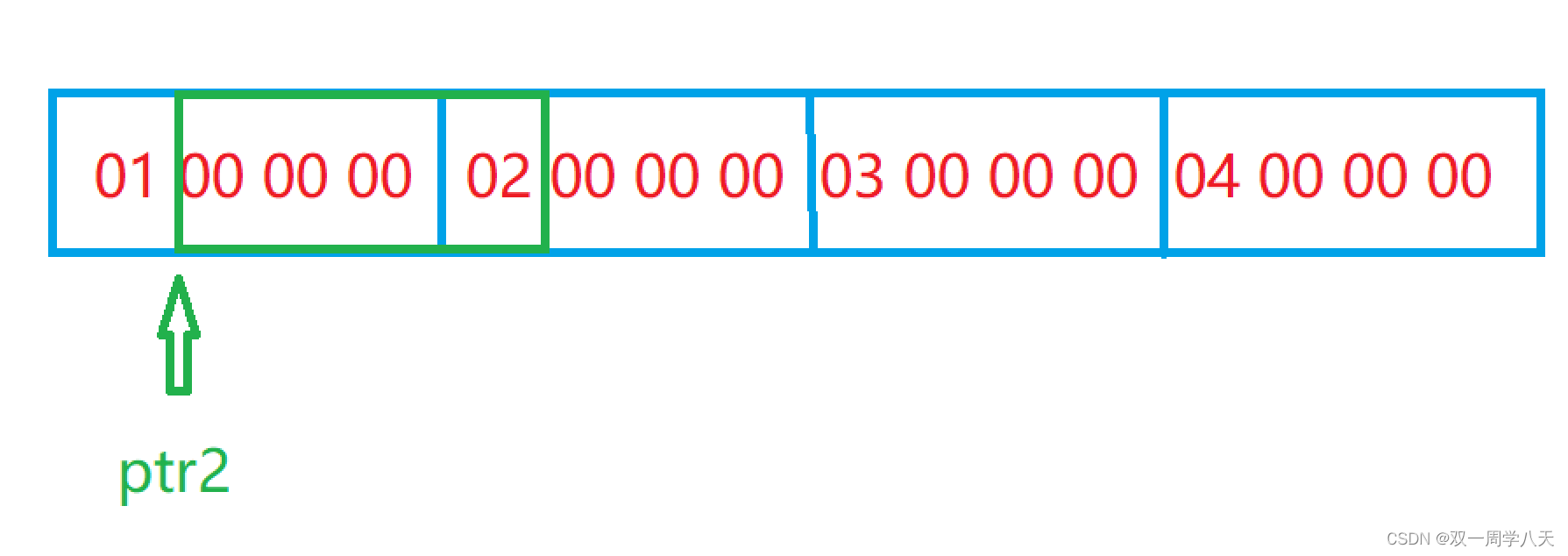
这就是ptr2所指向的数据。
综上所述,答案为:0x02 00 00 00,00 00 00 04.
第四题:
#include <stdio.h>
int main()
{
int a[3][2] = { (0, 1), (2, 3), (4, 5) };
int *p;
p = a[0];
printf( "%d", p[0]);
return 0;
}
思路与答案:
这里其实用到了逗号表达式(详情见七千字详解操作符)与二级数组。
其实在a[3][2]中的数据为:
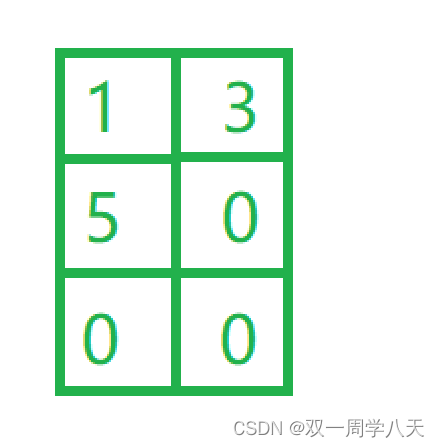
a指向
p=a[0]指向
所以答案是1.
第五题:
int main()
{
int a[5][5];
int(*p)[4];
p = a;
printf( "%p,%d\n", &p[4][2] - &a[4][2], &p[4][2] - &a[4][2]);
return 0;
}
思路与答案:

这个就是a[5][5]的布局,其中的数字代表帝即位元素。
a[5][5]:
先分析a[4][2],a[4][2]也等效于*(*(a+4)+2),你看哪种便于理解。如下图:
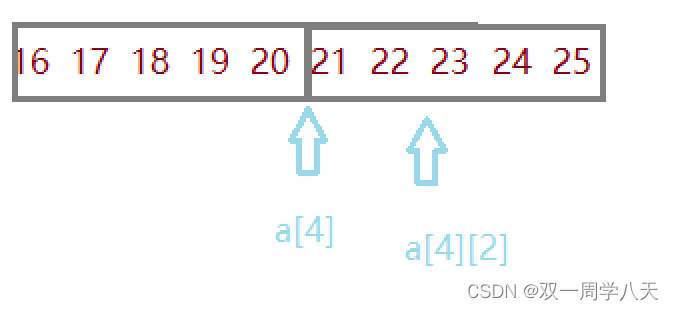
p[4][2]:
由int (*p)[4]得出:p为int [4]类型的指针,那么p就指向一个有四个元素的数组。由此可得p+1一次会移动四个元素:

&p[4][2] - &a[4][2]的值为相差的元素个数,因此&p[4][2] - &a[4][2]=-4
但是这里还需要我们谈一下:
&p[4][2] - &a[4][2]得出的整数结果是-4,-4在内存中存储的是一个二进制的补码,原理如下
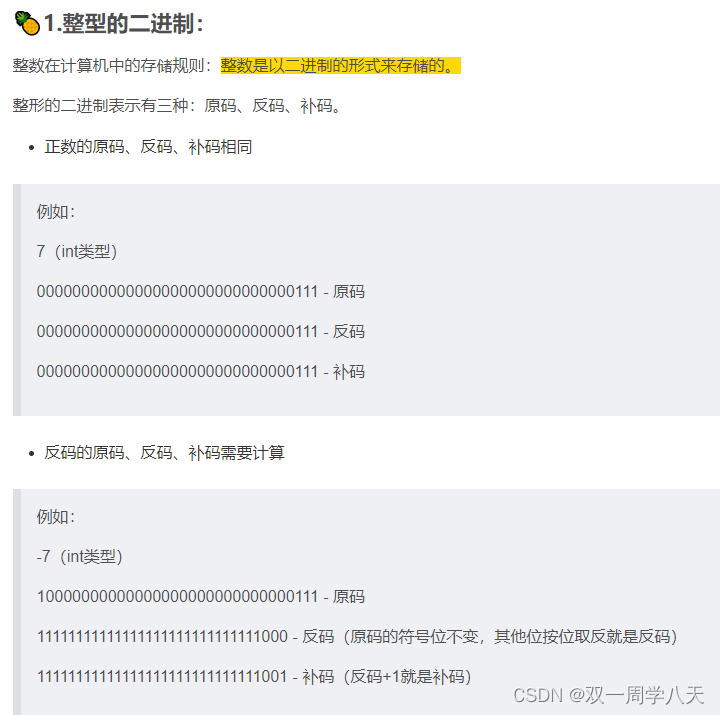
因此我们内存中的-16是这样的
原码:1000 0000 0000 0100
反码:1111 1111 1111 1011
补码:1111 1111 1111 1100
因为%p是无符号数,所以 %p直接提取内存中的补码:0xfffffffc
因为%d是输出有符号整数,所以要将补码重新转成原码才输出:-4.
第六题:
int main()
{
int aa[2][5] = { 1, 2, 3, 4, 5, 6, 7, 8, 9, 10 };
int *ptr1 = (int *)(&aa + 1);
int *ptr2 = (int *)(*(aa + 1));
printf( "%d,%d", *(ptr1 - 1), *(ptr2 - 1));
return 0;
}思路与题解:
aa数组的内存步距如下:

aa指向第一行的地址:
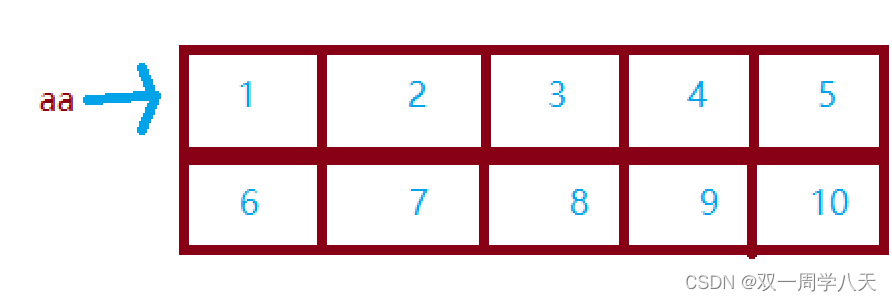
&aa去除的是整个数组的地址,所以&aa+1如下图:
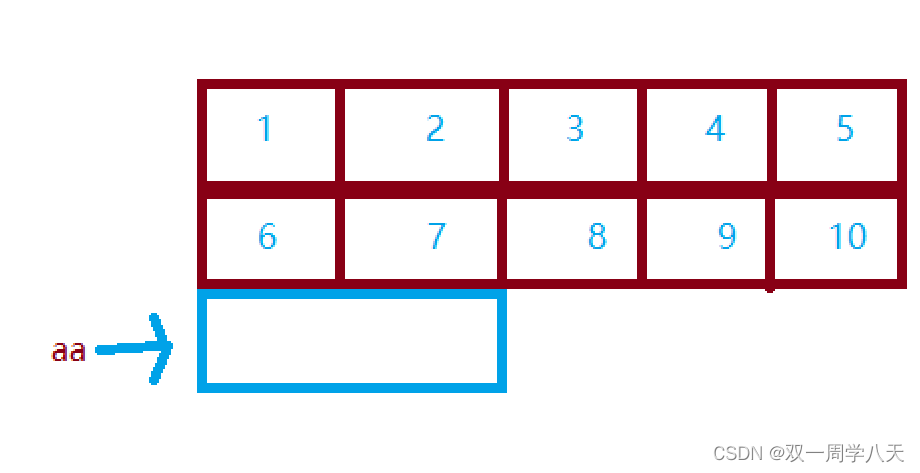
aa+1则会指向第二行的数据:

所以:
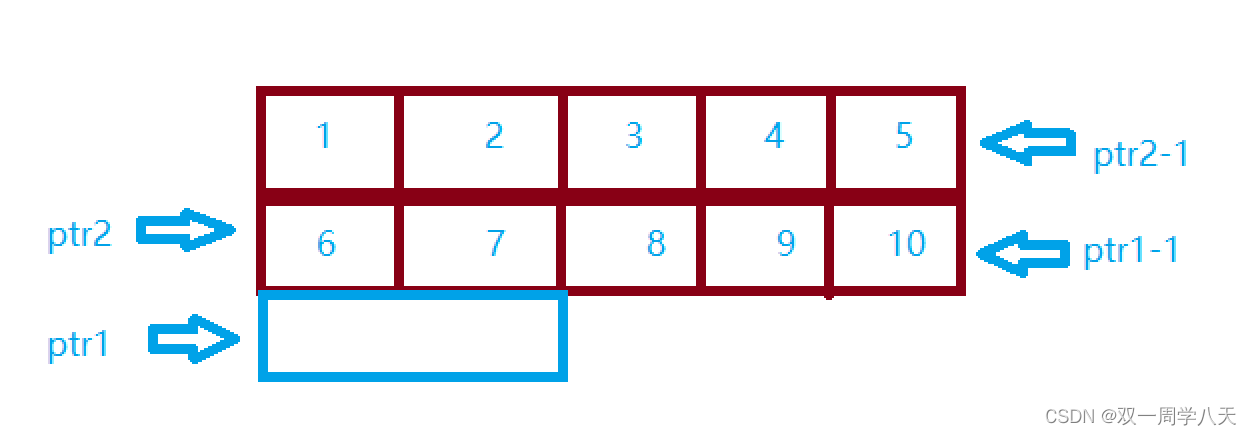 答案呼之欲出:10,5
答案呼之欲出:10,5
第七题:
这是一道阿里巴巴的笔试题:
#include <stdio.h>
int main()
{
char *a[] = {"work","at","alibaba"};
char**pa = a;
pa++;
printf("%s\n", *pa);
return 0;
}思路与题解:
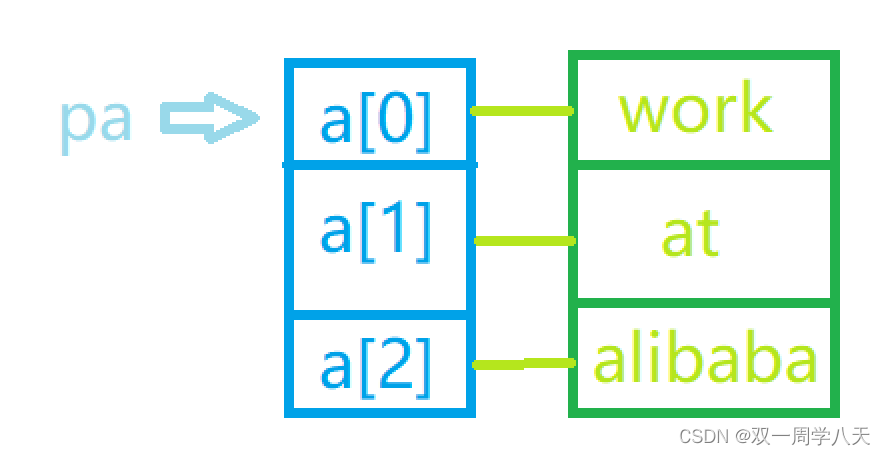
pa++如下图:
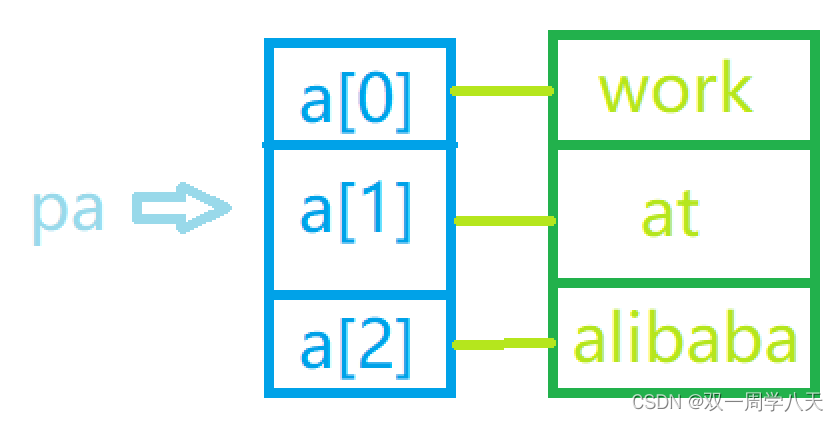
因此答案为:“at”
第八题:
int main()
{
char *c[] = {"ENTER","NEW","POINT","FIRST"};
char**cp[] = {c+3,c+2,c+1,c};
char***cpp = cp;
printf("%s\n", **++cpp);
printf("%s\n", *--*++cpp+3);
printf("%s\n", *cpp[-2]+3);
printf("%s\n", cpp[-1][-1]+1);
return 0;
}思路与题解:
指针间的关系图如下:
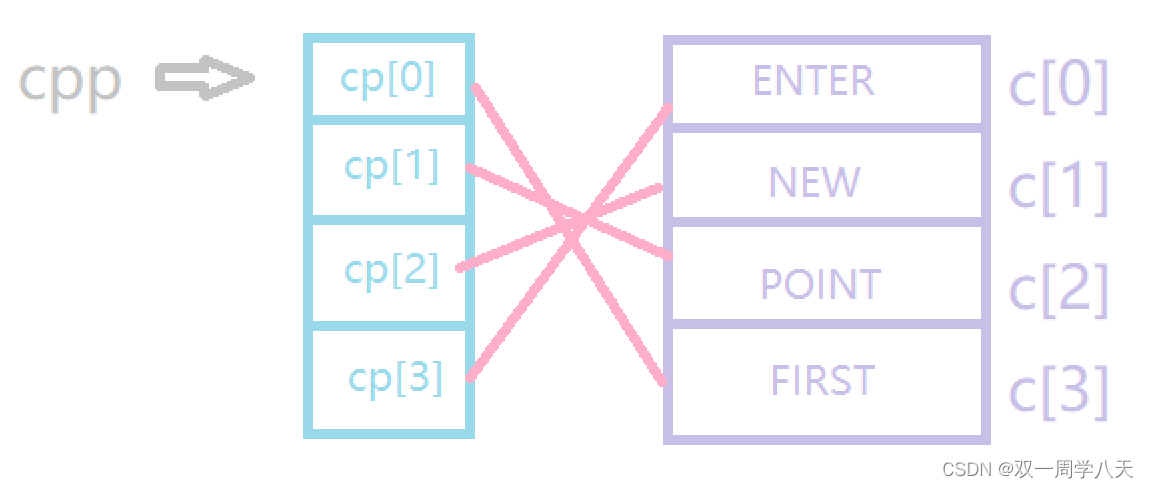
**++cpp就等效于*(*(cpp+1)) 得到如图:
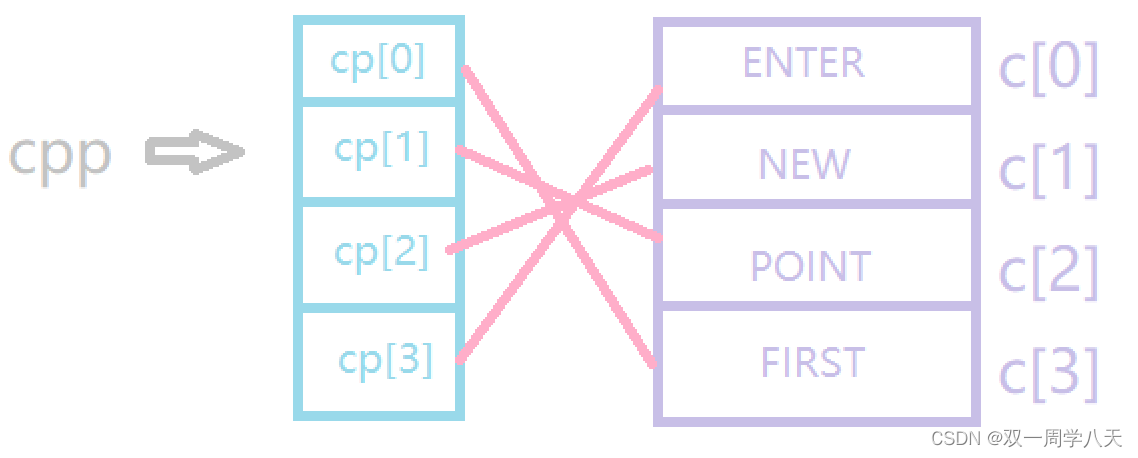
顺着指针得出:POINT
*--*++cpp+3等效于*(*(cpp+1)+1)+3,我们从内到外分析,
由cpp+1得到如图:
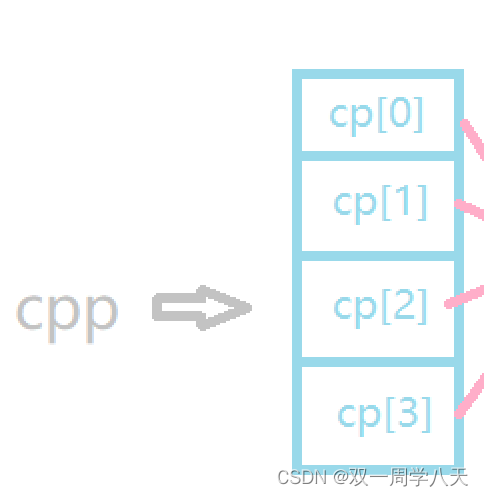
又*(cpp+1)+1得到:
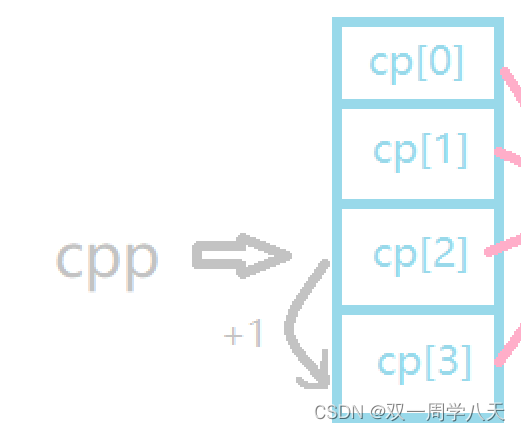
*(*(cpp+1)+1)解出来是c[0]的地址,*(*(cpp+1)+1)+3就是这样的。
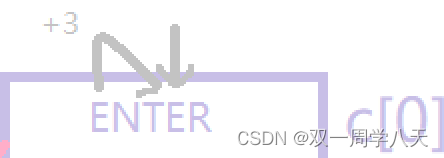
因此*(*(cpp+1)+1)+3打印出来就是ER。
*cpp[-2]+3:
*cpp[-2]+3相当于:**(cpp-2)+3得到下图:

由此可见答案为:ST
边栏推荐
- Jenkins basic knowledge ----- detailed explanation of 03pipeline code
- 【Kubernetes 系列】一文学会Kubernetes Service安全的暴露应用
- A copy can also produce flowers
- 华为、H3C、思科命令对比,思维导图形式从基础、交换、路由三大方向介绍【转自微信公众号网络技术联盟站】
- 【若依(ruoyi)】启用迷你导航栏
- Sign SSL certificate as Ca
- Communication between microservices
- codeforces每日5題(均1700)-第六天
- [Yunju entrepreneurial foundation notes] Chapter II entrepreneur test 13
- Linear regression and logistic regression
猜你喜欢
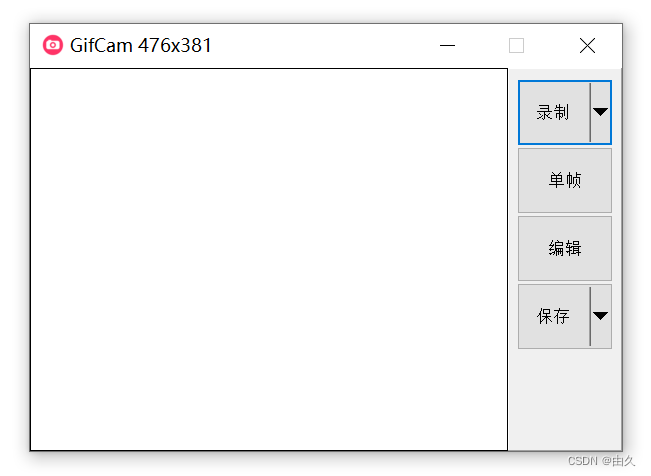
Gifcam v7.0 minimalist GIF animation recording tool Chinese single file version

Codeforces 5 questions par jour (1700 chacune) - jour 6
![[Yunju entrepreneurial foundation notes] Chapter II entrepreneur test 19](/img/7c/f728e88ca36524f92c56213370399b.jpg)
[Yunju entrepreneurial foundation notes] Chapter II entrepreneur test 19

My C language learning record (blue bridge) -- on the pointer

#PAT#day10
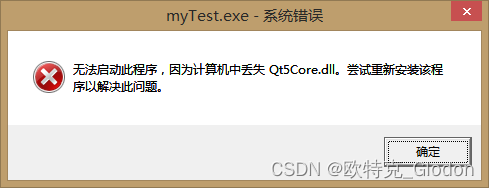
QT release exe software and modify exe application icon
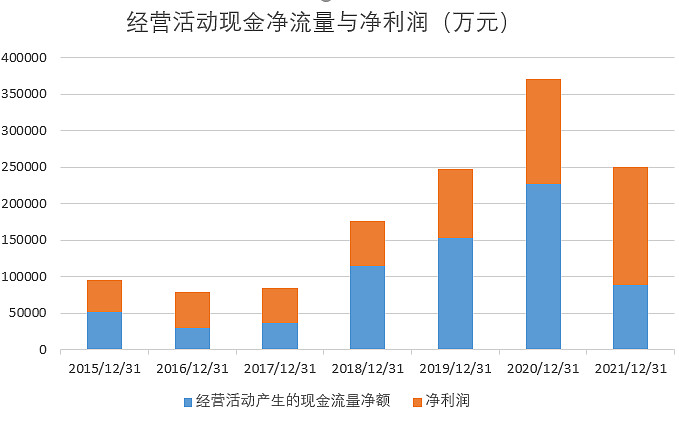
不赚钱的科大讯飞,投资价值该怎么看?
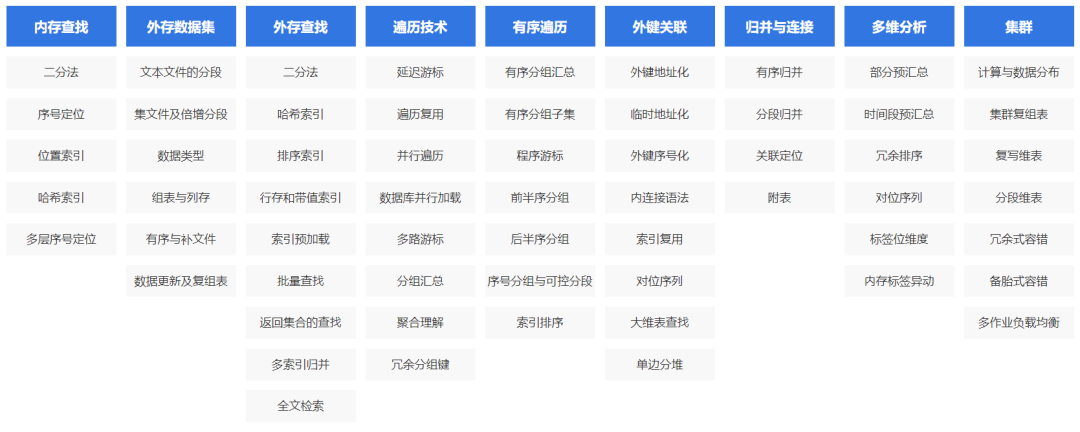
有没有完全自主的国产化数据库技术
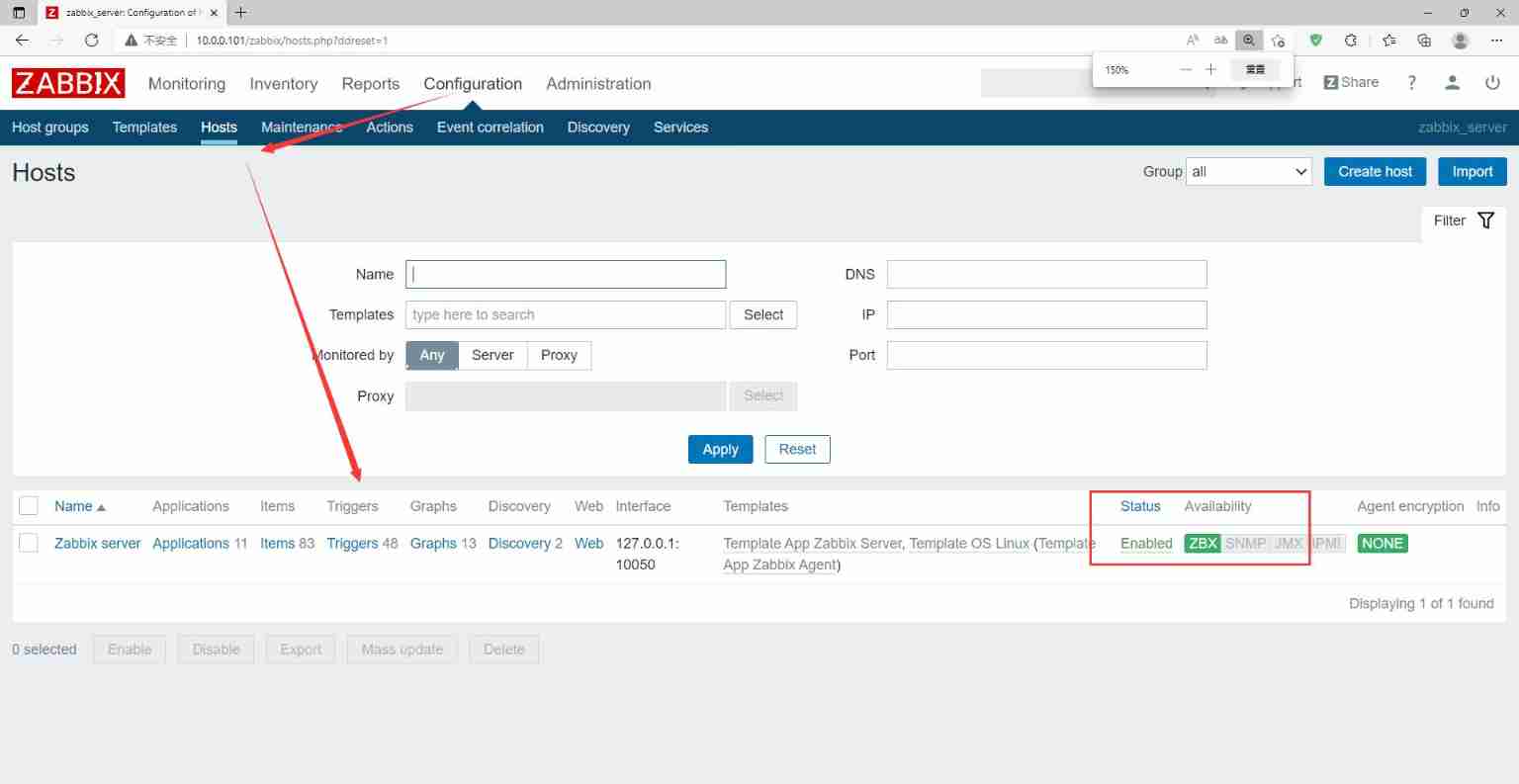
Apt installation ZABBIX
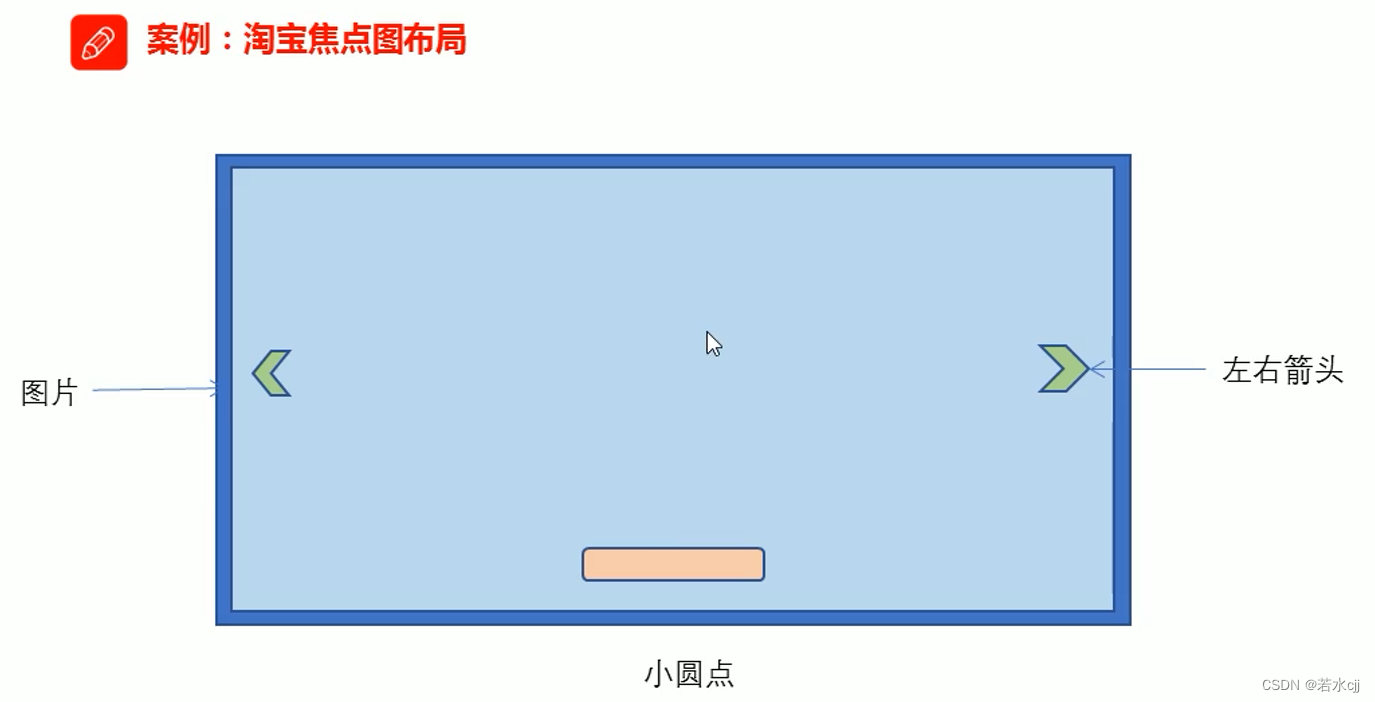
淘宝焦点图布局实战
随机推荐
继承day01
张丽俊:穿透不确定性要靠四个“不变”
PMP每日一练 | 考试不迷路-7.5
不赚钱的科大讯飞,投资价值该怎么看?
1. Dynamic parameters of function: *args, **kwargs
[Yunju entrepreneurial foundation notes] Chapter II entrepreneur test 21
Software design principles
[Yunju entrepreneurial foundation notes] Chapter II entrepreneur test 18
主数据管理理论与实践
07 单件(Singleton)模式
codeforces每日5題(均1700)-第六天
Single instance mode of encapsulating PDO with PHP in spare time
[Yunju entrepreneurial foundation notes] Chapter II entrepreneur test 20
tcpdump: no suitable device found
4. File modification
Redis skip table
Force buckle 146 LRU cache
Era5 reanalysis data download strategy
Day 50 - install vsftpd on ceontos6.8
How does yyds dry inventory deal with repeated messages in the consumption process?